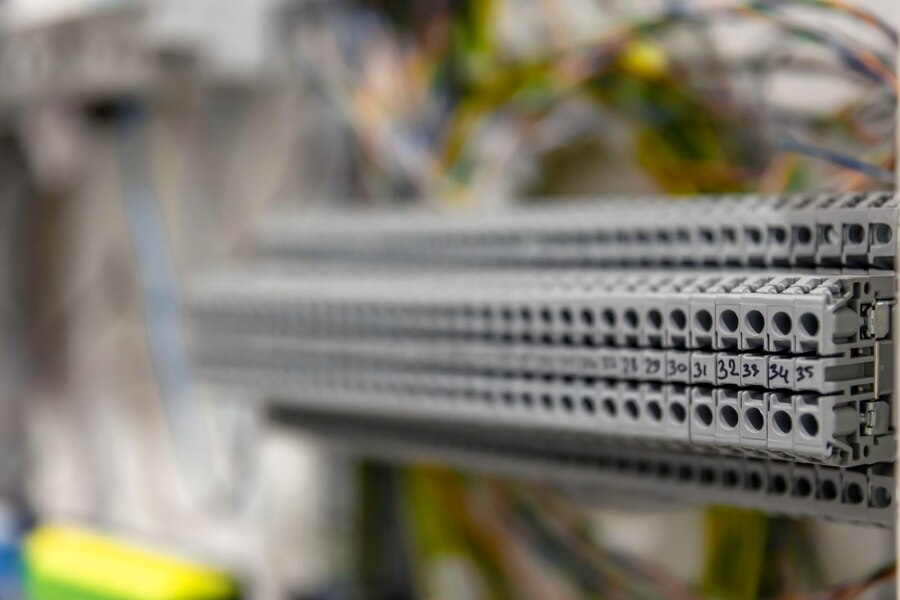In modern food processing, efficiency and quality are paramount. Spiral freezer systems have emerged as crucial components in the preservation and quick-freezing of food products. These innovative systems utilize advanced technology to maintain the integrity of perishable goods while meeting rigorous industry standards. At the heart of their design lies a critical element: reinforcing steel.
Understanding Spiral Freezer Systems
Spiral freezer systems represent a pinnacle of engineering in the food processing industry. Unlike traditional linear freezers, these systems employ a spiral configuration, allowing for continuous freezing or cooling of products as they move along a spiral conveyor belt. This design optimizes floor space and ensures a consistent freezing process, making it ideal for high-volume food production facilities.
The Functionality of Reinforcing Steel
Reinforcing steel, commonly known as rebar, plays a pivotal role in the structural integrity of spiral freezer systems. Its primary function is to reinforce and strengthen the concrete foundations and structural components that support these massive units. The rigorous demands placed on spiral freezers necessitate robust construction materials capable of withstanding extreme temperatures and mechanical stresses over prolonged periods.
Ensuring Structural Stability
The installation of reinforcing steel begins with meticulous planning and adherence to engineering specifications. Engineers calculate load capacities, thermal expansions, and structural dynamics to determine the optimal placement and configuration of rebar within the concrete foundations. This meticulous approach ensures that the spiral freezer system remains stable and operational under varying environmental conditions.
Supporting Mechanical Components
Beyond structural support, reinforcing steel also serves a critical role in anchoring mechanical components within the freezer system. Components such as conveyor systems, refrigeration units, and insulation panels rely on the structural framework provided by reinforced concrete to function efficiently. The integration of rebar into the construction process enhances the overall reliability and longevity of these mechanical systems.
Mitigating Thermal Expansion
Temperature differentials within spiral freezer systems can lead to significant thermal expansion and contraction of structural materials. Reinforcing steel helps mitigate these effects by reinforcing concrete against cracking and deformation caused by thermal stress. This proactive measure ensures that the freezer system maintains its operational efficiency while minimizing maintenance costs associated with structural repairs.
Enhancing Operational Efficiency
The strategic use of reinforcing steel contributes to the operational efficiency of spiral freezer systems by reducing downtime and optimizing production schedules. The structural reliability provided by reinforced concrete allows food processing facilities to maintain consistent freezing temperatures and throughput rates, thereby meeting stringent quality control standards and customer demands.
Meeting Regulatory Standards
In the highly regulated food processing industry, adherence to stringent hygiene and safety standards is non-negotiable. Spiral freezer systems must comply with international regulations governing food safety and sanitation. Reinforcing steel, through its role in supporting hygienic design principles, facilitates compliance with these standards by ensuring the structural integrity and cleanliness of freezer environments.
Future Innovations and Challenges
As technology continues to advance, the role of reinforcing steel in the construction of spiral freezer systems is poised to evolve. Innovations in materials science and engineering techniques may lead to the development of lighter yet stronger reinforcement options that enhance sustainability and reduce environmental impact. However, challenges such as cost management and regulatory compliance will continue to influence the integration of new technologies into freezer system construction.
